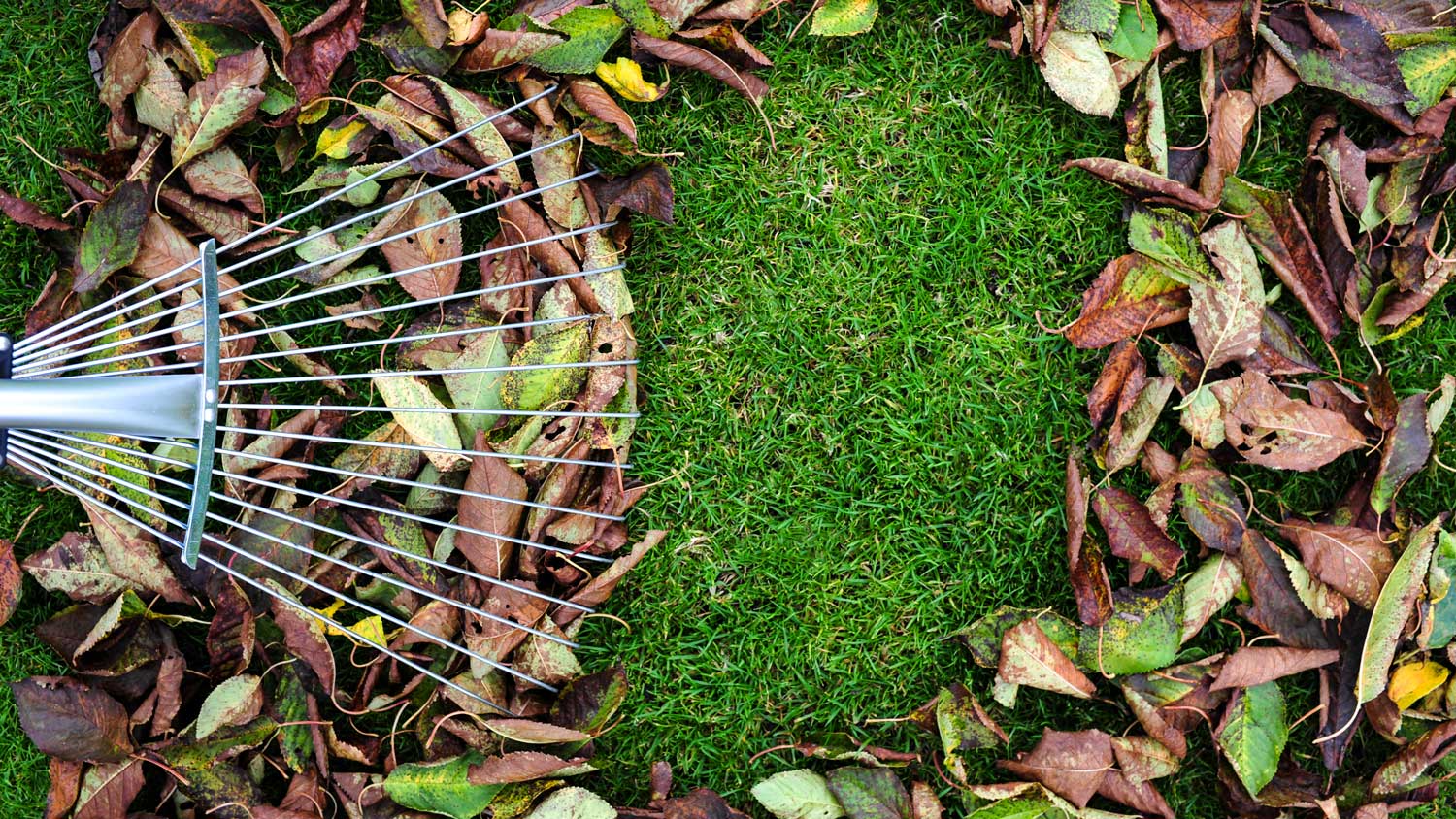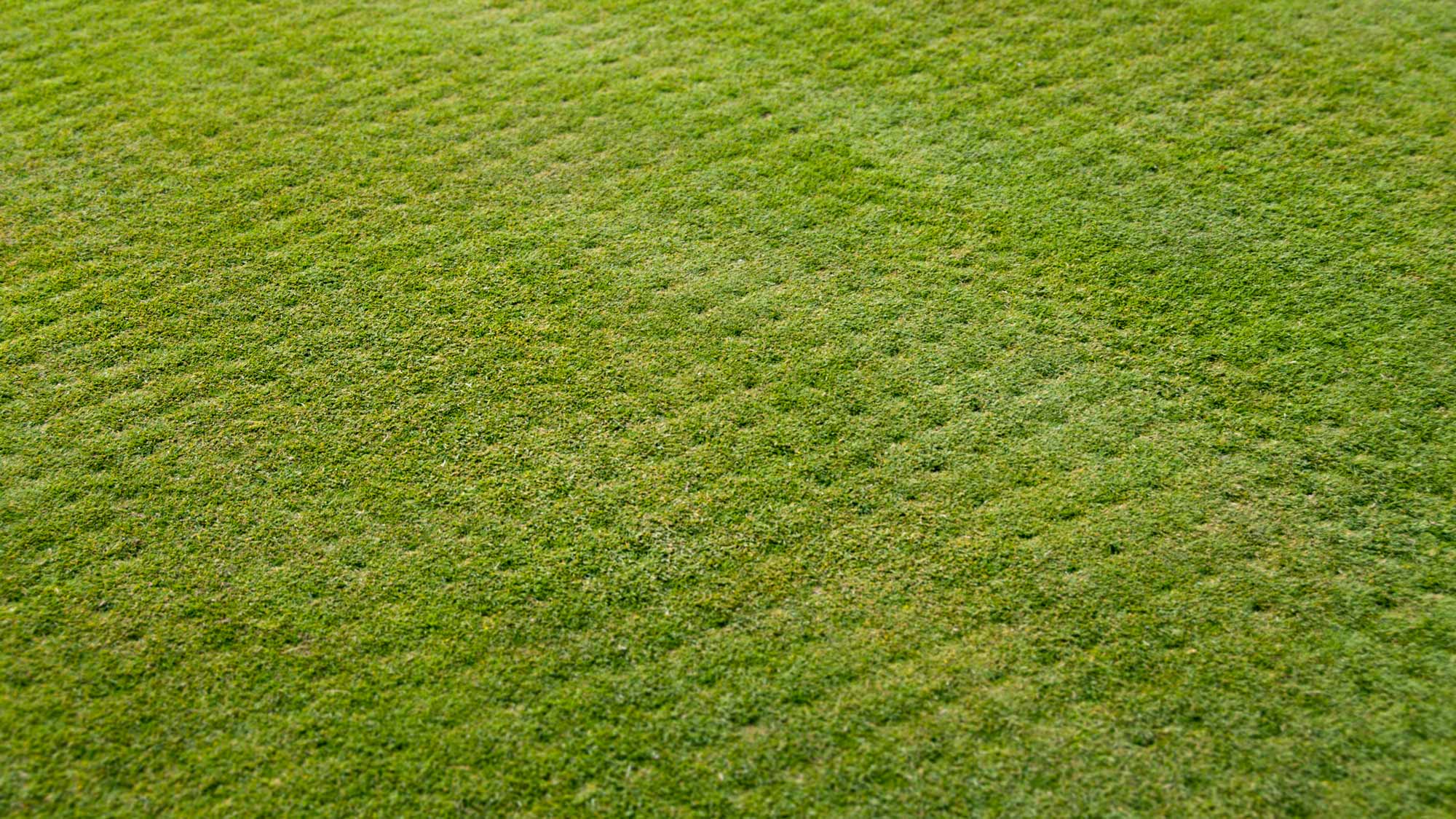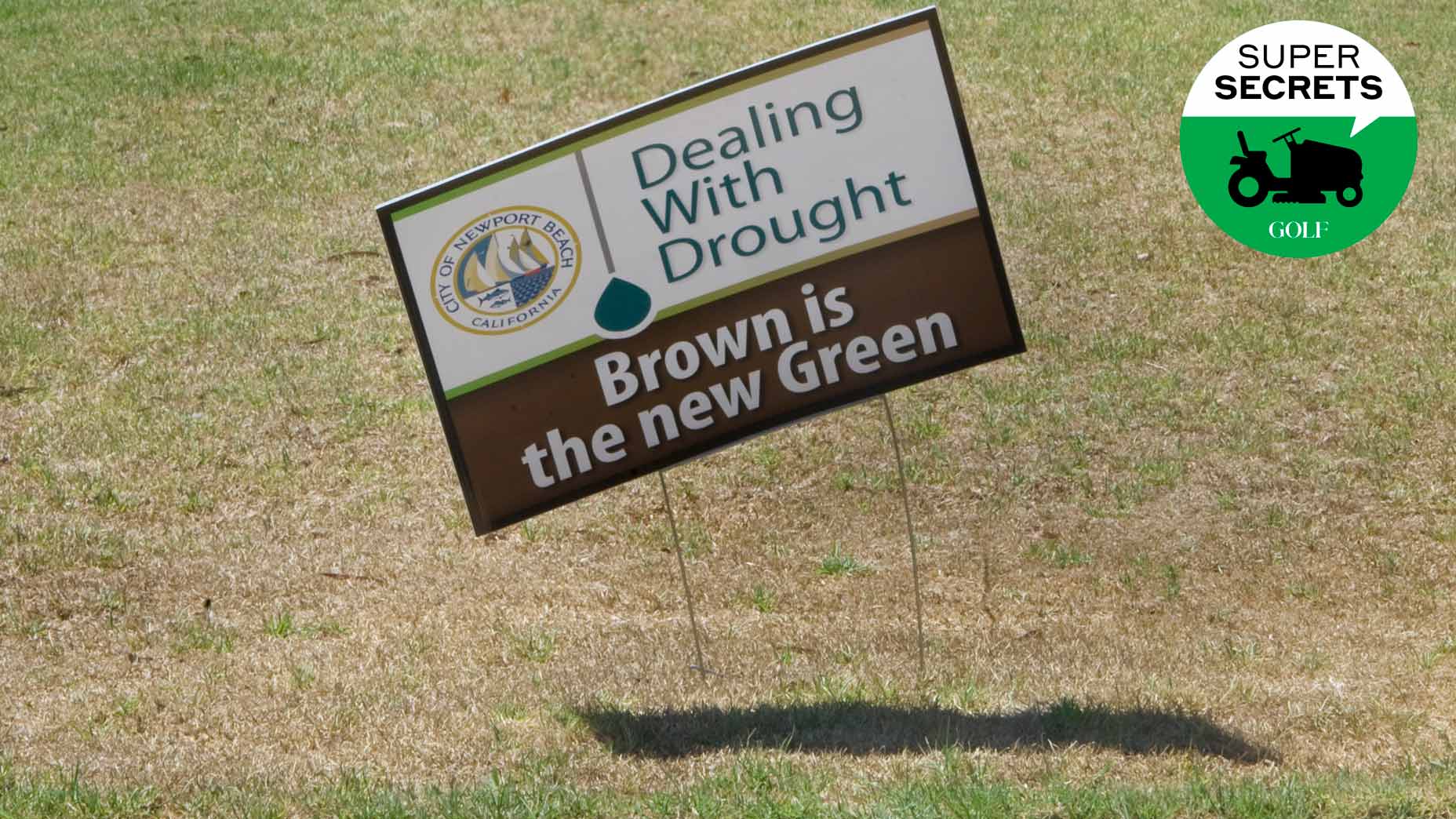Welcome to Super Secrets, where we pick the brains of the game’s leading superintendents. By illuminating how course maintenance crews ply their trades, we’re hopeful we can not only give you a deeper appreciation for the important, innovative work they do but also provide you with maintenance tips that you can apply to your own little patch of paradise. Happy gardening!
***
At first glance, “turf hack” might read like an insult.
But we mean it in the best way.
As in: shortcuts you can take in caring for your lawn.
As the superintendent at Desert Canyon Golf Club, in Phoenix, and the co-host of From the Jingweeds, a podcast dedicated to the turf-care trade, Matt Guilfoil has a grab-bag of agronomic hacks.
Here are a half-dozen you can and should try at home:
1. Soften trouble areas with soap
On the golf course, superintendents often rely on wetting agents, chemical compounds that reduce the surface tension of water, so that water molecules bond more readily with the soil and absorb more uniformly into the ground.
How much (and when!) to water your lawn, according to a golf-course superintendentBy: Josh Sens
Sophisticated, right? Except that household dish soap does the same thing. Next time you’ve got a trouble spot in your yard — like a hard, compacted patch that repels water — Guilfoil suggests filling a liquid feeder (one of those Miracle-Gro sprayers will do) with, say, Dawn or Ivory and attaching it to your garden hose when you water. That soapy water will penetrate the soil more easily, so that your troubled patch of grass gets a better drink. As a side benefit, the moisture also softens the ground, making it more receptive to irrigation the next time around.
Just one warning: soap residue can damage certain types of grasses. So if you see any lingering bubbles in your yard, hose them down with water only until they’re gone.
2. Vanquish weeds with vinegar
7 ways to make your yard the envy of your neighbors, according to golf superintendentsBy: Josh Sens
Salt and vinegar is a winning combination. Works great on potato chips. Weeds, too. About a gallon of white vinegar is what you want, Guilfoil says, mixed with roughly a cup of salt, plus a tablespoon of dish soap. Put that liquid medley in a sprayer and launch a targeted attack against your crabgrass and other invaders, coating them thoroughly with your homemade concoction (the dish soap will help your weed killer cling to the leaves).
As you work, take care not to spray the lawn itself, as excess salt in the soil will prevent grass and other desirable plants from growing.
Another way to kill weeds, Guilfoil says, is to cover them with rock, or driveway, salt. But this practice is best reserved for lawns that have salt-resistant varieties of turf, such as seashore paspalum. Though some grass around the weeds might get singed by the salt, it recovers quickly, Guilfoil says.
3. Make your own mulch
At Desert Canyon, Guilfoil and his crew don’t collect grass clippings when they mow the fairways and the rough. Not only does that save on time and money, it’s also an easy way to fertilize the grounds; as the clippings decompose, they turn into nutrients for the turf.
The best way to mow your lawn, according to a golf-course superintendentBy: Josh Sens
It works the same way in your yard. Next time you mow, don’t catch the clippings. Leave them on your lawn and let them morph into a natural meal. It helps if you have a mulching mower, which, unlike a standard mower, has multiple blades, which cut the grass and mince the clippings in the same pass. (Same goes for leaves, by the way. If you grind them up, they’re a great fertilizer.)
Doing this doesn’t mean you won’t need to fertilize your lawn (a lot depends on how lush you want your lawn to be). But you likely can get by with fertilizing less.
One last thing, Guilfoil says: Take care not to let wet and matted clippings accumulate on your yard, as they’ll smother the grass underneath.
4. Rake smart
This is a timely one, with lawns in cooler climes now covered in leaves. Raking is hard work but don’t make it harder than it needs to be. Rake with the wind to prevent a breeze from undoing the piles you’ve formed; gather the leaves into lines instead of a large pile in the middle of your lawn — it’s way more efficient; and invest in a rake with at least a 30-inch spread and angled tines that don’t get clogged. A good rake, like a good putter, will save you much heartache (not to mention backache).
5. Master your punch shots
Aerifying is great for grass, as it improves the flow of oxygen and nutrients into the root zone. Superintendents have machines to help them do it, and there are versions of those machines that you can rent or buy. But the job can also be done manually, so long as you are willing to exert yourself a bit.
Should you aerate your own lawn? A golf superintendent explains.By: Josh Sens
You could, for instance, use a sharp knife or kitchen fork to poke holes in the turf, though, Guilfoil says, that could amount to long hours of hard labor depending on how large and soft a lawn you have.
At his own home, Guilfoil employs a pitchfork, most often on patches of his lawn near steps and footpaths where the grass gets trampled and the soil compacted. “Just stab it in there a few times all around, get it as deep as you can,” Guilfoil says. The more frequently you do it, the healthier those trouble spots will become.
6. How to fight frost
In and around the Phoenix area, people often cover the tips of cacti and other plants with Styrofoam cups to protect them from frost damage. Though this approach works, Guilfoil says, it becomes a problem with the winds kick up and blow the cups away, creating a squall of Styrofoam litter.
Guilfoil says that bed sheets are a better way to go. Simply cover up your vulnerable plants when frost is in the forecast. This same MacGyver method also works on lawns, though it’s best employed in moderation.
“Maybe for the first frost of the year,” Guilfoil says. “But you do it too often, it starts looking like you’ve got people winter camping in front of your house.”














